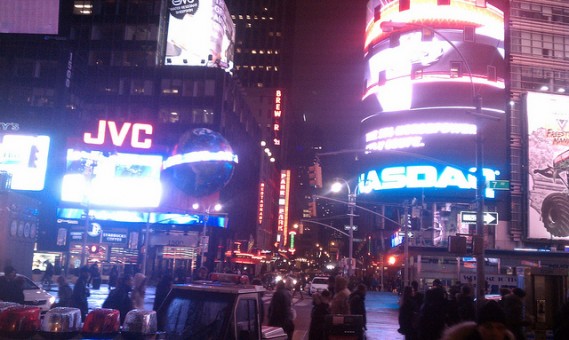Localization Can Be More Than Translations
January 27, 2011Yesterday, I read an article on Think Vitamin about Chinese web design written by @sketchytree. I went on to read the comments after and realized that many people seemed to have missed the point.
Sure, the title of the article notwithstanding, the author, Nick Johnson, compares and contrasts and draws attention to some major Chinese designs that are what a Westerner would call bad. Note that last part. It would be a Westerner’s opinion and not absolute truth.
It got me thinking about localization in general. For example, I work on Leading Hotels of the World on a day-to-day basis. That website comes in a variety of languages: English, German, Japanese and more recently, Spanish and Italian.
Notice that the biggest difference among the localizations of the site are the translations. Much of the functionality stays the same. None of the languages are left-to-right, so we don’t have to account for that, either. The design essentially stays the same.
This doesn’t have to be the case. For example, many cultures interpret colors very differently from one another. What if you’re trying to design a website around love. Something that evokes many powerful emotions from many people. More than likely, your company will be target only a certain culture, but if you check that chart, Western, Eastern European and Japanese cultures associate red with love, while Native Americans associate yellow, Hindus green, and Africans blue.
After taking something that is so ubiquitous, you already have some major design issues on your hands in terms of just color. You’re already getting into issues, and we don’t even have a design.
In addition, you have to consider cultural preferences, practices, understood symbols, on and on.
It’s relatively easy to see that every culture is going to have a certain design that works best for it. There is no best design for all cultures, just as there is no best design that will please all users.
To truly achieve localization, an organization will need to consider everything it does in regards to that culture’s users and their wants and needs. To be truly localized, you’ll really need a designer from every culture to design for that culture.
Of course, the world’s not perfect, few companies have to deal with these issues, and fewer still have the resources to devote to so many different approaches, but next time you see an “ugly” design, you can re-consider the audience and culture it was designed for.
